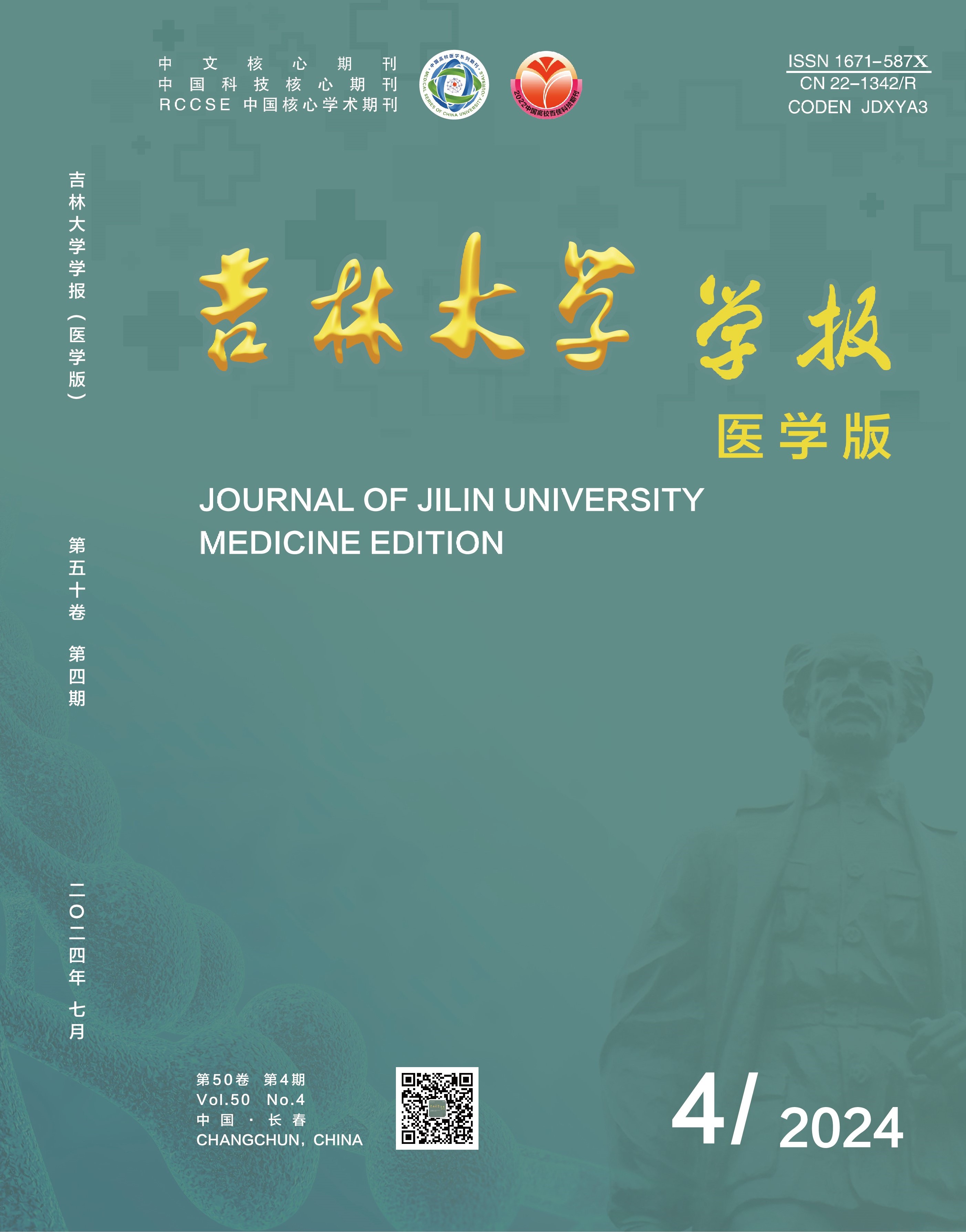|
|
Induction of tanshinone ⅡA on differentiation of human placenta-derived mesenchymal stem cells into cardiomyocytes and its mechanism
WANG Xiuyan, FAN Chenxing, ZHAO Qian, WANG Bo, YUAN Song, LI Kun
Journal of Jilin University(Medicine Edition). 2019, 45 (01):
33-38.
DOI: 10.13481/j.1671-587x.20190107
Objective: To investigate the induction of tanshinone ⅡA (TanⅡA) on the differentiation of human placenta-derived mesenchymal stem cells (hPDMSCs) into cardiomyocytes, and to provide an experimental basis for TanⅡA as a cardiomyocyte differentiation inducer.Methods: The hPDMSCs were treated with different concentrations of TanⅡA(0.1,0.2,0.4,0.6,0.8,1.0,2.0,4.0,6.0,8.0,and 10.0 mg·L-1), and the nontoxic dose of TanⅡA(0.1 mg·L-1) was screened by MTT assay for experiment.The hPDMSCs were divided into control group, 5-aza induction (10μmol·L-1) group, and TanⅡA induction (0.1 mg·L-1) group.After culture for 20 d,the expressions of α-sarcomeric actin(α-SCA) in the cells in various groups were detected with immunohistochemistry;the positive expression rates of cardiac troponin I(cTnI) in the cells in various groups were detected with immunofluorescence,and the differentation rates of cardiomyocytes were calculated.The expression levels of GATA-binding protein 4(GATA4), atrial natriuretic factor(ANF), cTnI, glycogen synthase kinase-3β(GSK-3β)and β-catenin in the cells were detected with Western blotting method.Results: The biological characteristics of hPDMSCs accorded with the mesenchymal stem cells. The MTT results showed that when the concentration of TanⅡ A was more than 0.1 mg·L-1, the cell survival rates were decreased with the increase of concentration; the cells in control group showed a rapid growth trend before 12 d, and the proliferation activities of the cells began to decrease on the 12th day.Compared with control group,the cell activities in 5-aza induction group and TanⅡ A induction group were significantly decreased(P<0.05).The immunohistochemistry staining results showed that the cells in control group didn't express α-SCA,and the cells in 5-aza induction group and TanⅡ A induction group expressed α-SCA, especially in TanⅡ A induction group.Compared with control group, the expression levels of GATA4(t5-aza=2.937,P5-aza<0.05;tTanⅡA=4.769,PTanⅡA<0.05), ANF(t5-aza=3.728,P5-aza<0.05;tTanⅡA=5.912,PTanⅡA<0.05), cTnI(t5-aza=3.623,P5-aza<0.05;tTanⅡA=7.153,PTanⅡA<0.05)and GSK-3β(t5-aza=2.995,P5-aza<0.05;tTanⅡA=5.420,PTanⅡA<0.05)proteins in the cells in 5-aza induction group and TanⅡA induction group were significantly increased, and the expression levels of β-catenin(t5-aza=2.985,P5-aza<0.05;tTanⅡA=6.951,PTanⅡA<0.05)protein were significantly decreased;compared with 5-aza induction group,the expression levels of GATA4,ANF,and GSK-3β proteins in TanⅡA induction group were increased(P<0.05).Conclusion: TanⅡA can induce the differentiation of hPDMSCs into cardiomyocytes,which has better effect than 5-aza,and its mechanism may be related to inhibiting the Wnt/β-catenin signaling pathway.
References |
Related Articles |
Metrics
|

 Table of Content
Table of Content
 Guide to Authors
Guide to Authors


